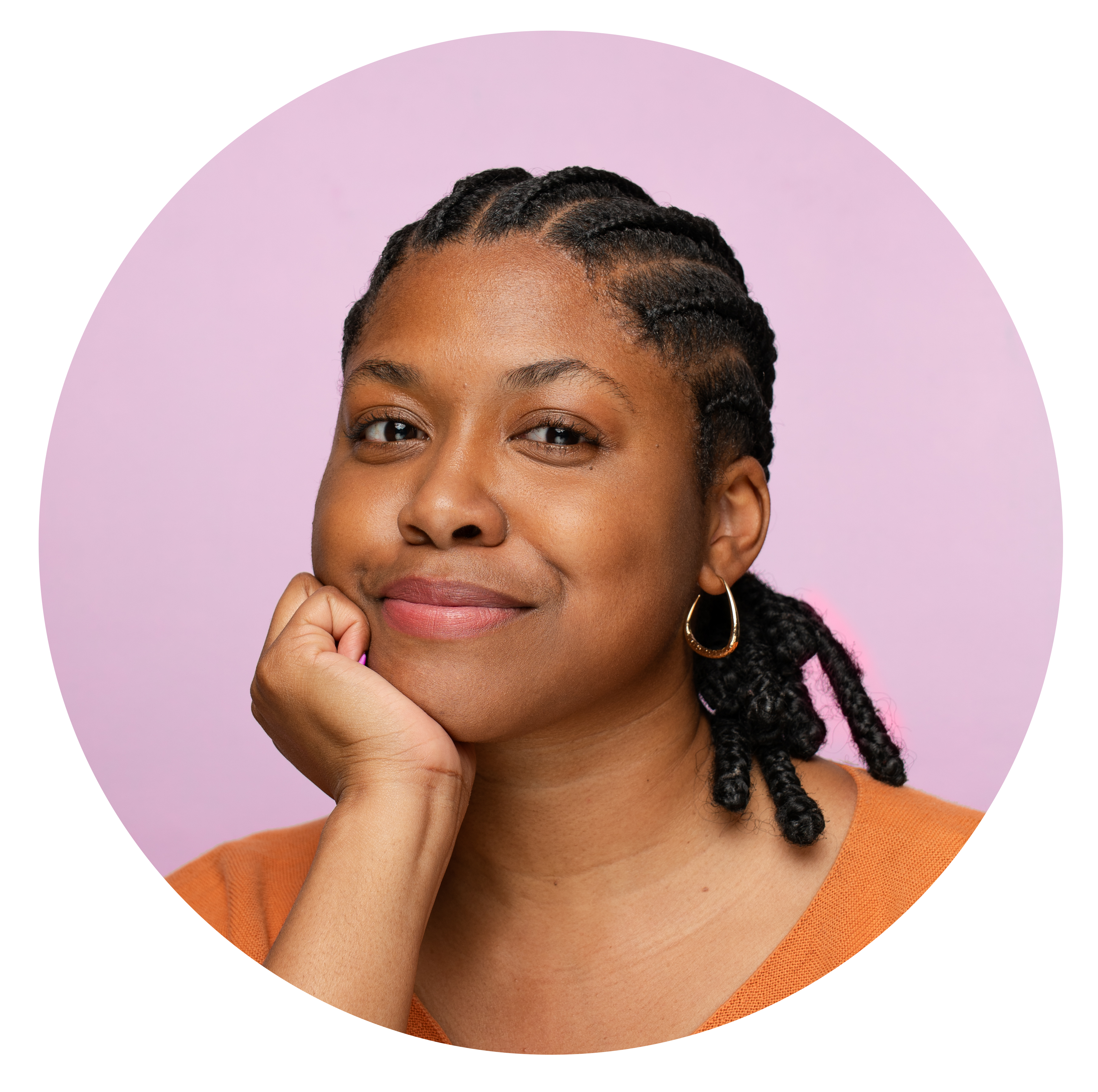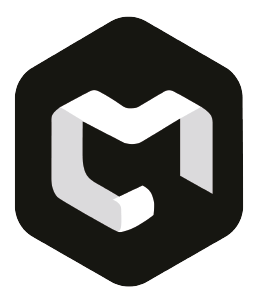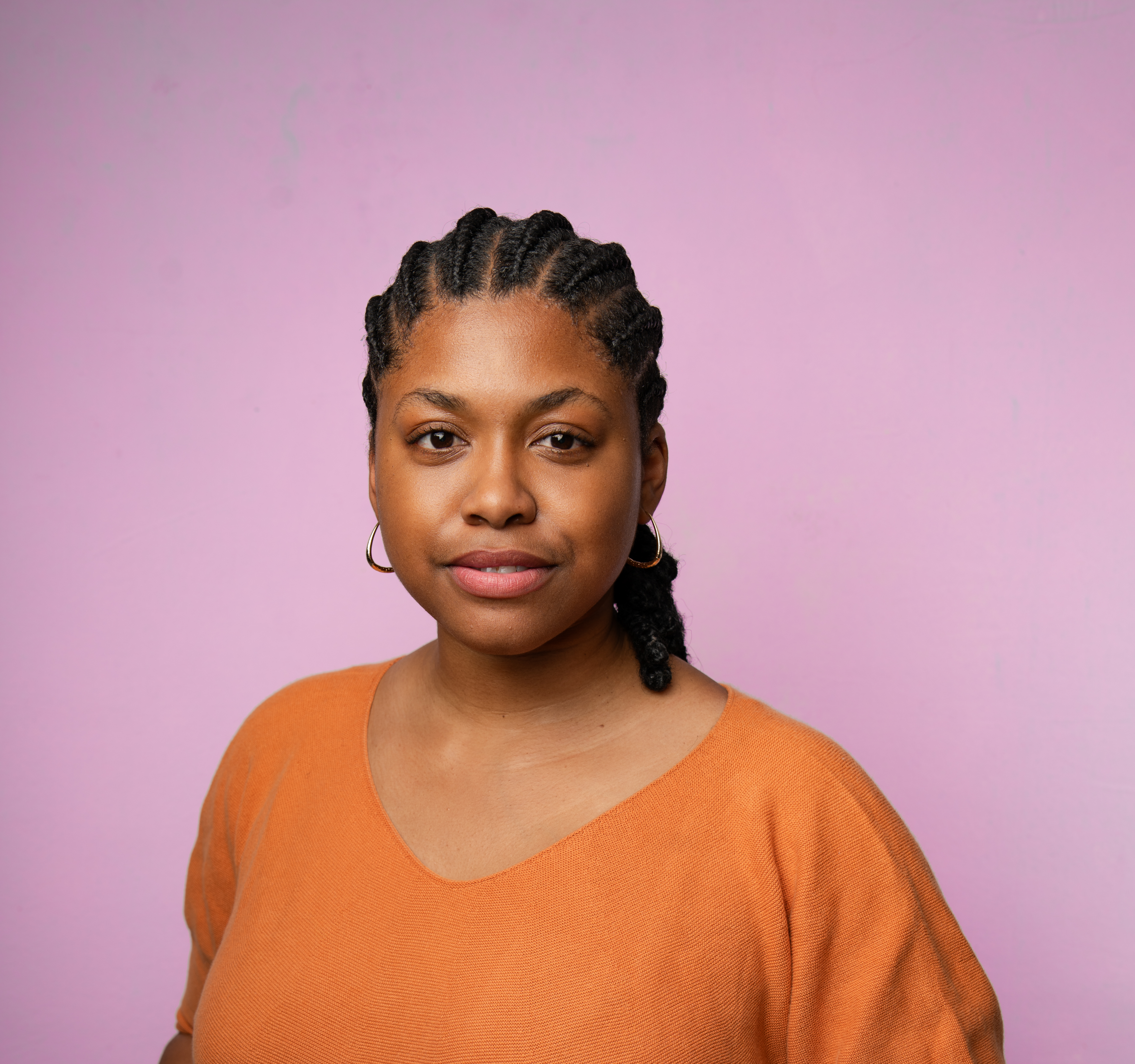Skills
Real results.
Real impact.

UX/UI Design
From first click to final checkout, I design intuitive, elegant flows that make people stay, engaged, and come back.
Prototyping
Wireframes
iOS/Android
Web
Strategy
Proven UX strategies that enhance your online performance and KPI’s.
Competitive research
Design thinking
UX flows
Skills
Real results.
Real impact.

UX Design
From first click to final checkout, I design intuitive, elegant flows that make people stay, engaged, and come back.
Prototyping
Wireframes
iOS/Android
Web
Strategy
Proven UX strategies that enhance your online performance and KPI’s.
Competitive research
Design thinking
UX flows
Visual Design
Shaping the visual identity of your UI interfaces - so they aren’t just functional but also visually stunning.
UI design
Design Principles
Accessibility
Creating digital features and products that can be used by people with a wide range of abilities.
WCAG 2.1
Content design
UX Design
From first click to final checkout, I design intuitive, elegant flows that make people stay, engaged, and come back.
Prototyping
Wireframes
iOS/Android
Web
Strategy
Proven UX strategies that enhance your online performance and KPI’s.
Competitive research
Design thinking
UX flows
Visual Design
Shaping the visual identity of your UI interfaces - so they aren’t just functional but also visually stunning.
UI design
Design Principles
Accessibility
Creating digital features and products that can be used by people with a wide range of abilities.
WCAG 2.1
Content design

